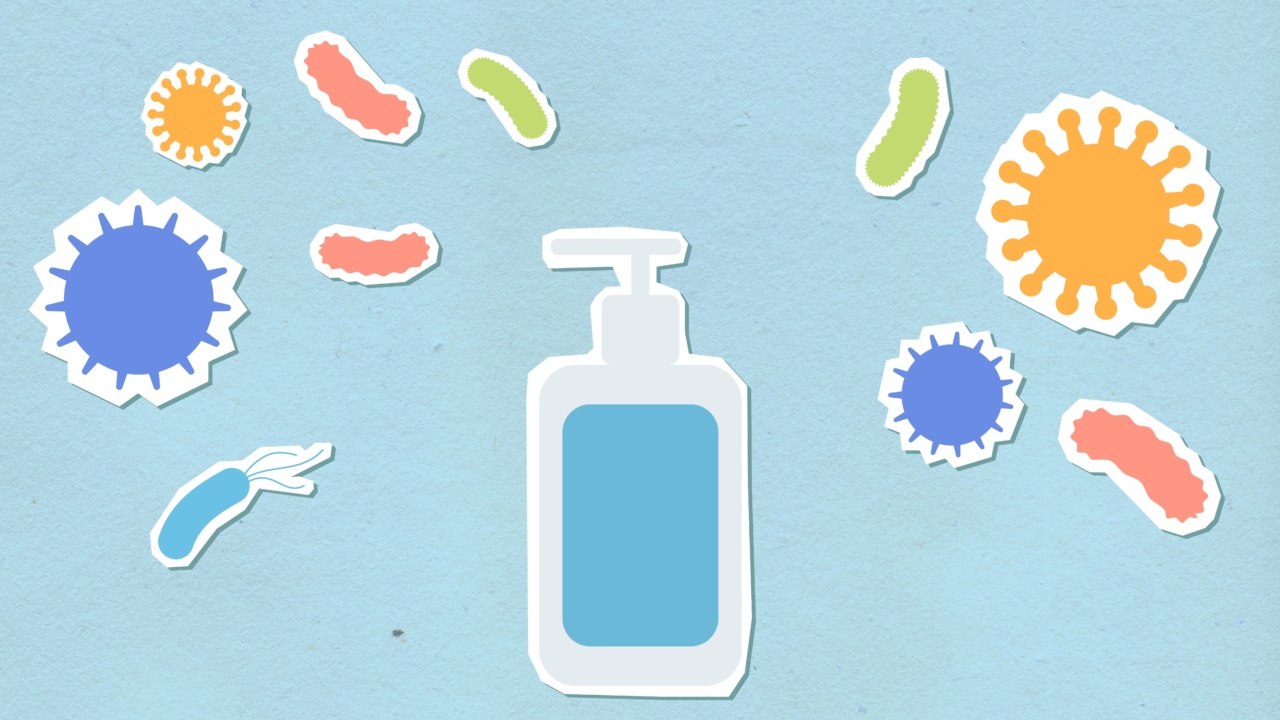Sterilization and disinfection are two important processes used to eliminate or reduce the presence of microorganisms such as bacteria, viruses, and fungi.
While both are integral in maintaining hygiene and preventing the spread of infections, they have distinct differences in terms of their objectives and methods of implementation.
Sterilization
Sterilization is a process that aims to completely eliminate all forms of microbial life, including highly resistant bacteria and their spores, as well as viruses and fungi.
The purpose of sterilization is to render an object or area completely free from any living microorganisms, guaranteeing a sterile environment.
There are various methods of achieving sterilization, including:.
1. Heat Sterilization
Heat sterilization is one of the most common methods employed in healthcare facilities and laboratories. Autoclaves, for example, use high-pressure steam at temperatures above 121 degrees Celsius (250 degrees Fahrenheit) to achieve sterilization.
The high temperature and pressure effectively destroy all microorganisms present.
2. Chemical Sterilization
Chemical sterilization involves the use of chemical agents, such as ethylene oxide gas, hydrogen peroxide, or formaldehyde, to achieve sterilization.
These agents are typically used for materials or equipment that cannot withstand high temperatures, such as certain plastic or electronic devices.
3. Radiation Sterilization
Radiation sterilization utilizes ionizing radiation, such as gamma rays, X-rays, or electron beams, to kill microorganisms and achieve sterilization. This method is commonly used for sterilizing disposable medical supplies and pharmaceutical products.
It is important to note that sterilization does not refer to the degree of cleanliness but rather the absence of viable microorganisms. Sterilized objects can still appear dirty or contaminated if not properly cleaned before the sterilization process.
Disinfection
Disinfection, on the other hand, aims to reduce the number of viable microorganisms on an object or surface to a level considered safe by public health standards.
Unlike sterilization, disinfection does not guarantee the complete elimination of all microorganisms, especially bacterial spores.
Disinfection methods can be categorized into three levels:.
1. High-Level Disinfection
High-level disinfection is the most stringent level of disinfection. It aims to inactivate or destroy all microorganisms except for high levels of bacterial spores.
This level of disinfection is typically required for critical medical equipment, such as instruments used in surgery or invasive procedures.
2. Intermediate-Level Disinfection
Intermediate-level disinfection targets a wider range of microorganisms but does not necessarily eliminate all bacterial spores. It is commonly used for non-critical medical devices that come into contact with intact skin, such as ultrasound probes.
3. Low-Level Disinfection
Low-level disinfection is the least stringent level, primarily targeting vegetative bacteria, some viruses, and fungi.
It is generally used for household surfaces, non-critical medical devices, and other objects that are not directly involved in patient care.
Disinfection can be achieved through various methods:.
1. Chemical Disinfection
Chemical disinfection involves using chemical agents, such as chlorine compounds, quaternary ammonium compounds, or hydrogen peroxide, to destroy or inactivate microorganisms.
The choice of disinfectant depends on the specific application and the type of microorganisms to be targeted.
2. Ultraviolet (UV) Disinfection
UV disinfection employs ultraviolet light to destroy microorganisms by damaging their genetic material. UV disinfection is commonly used in water treatment plants, air purification systems, and some healthcare settings.
3. Heat Disinfection
Heat disinfection, also known as thermal disinfection, utilizes high temperatures to inactivate or kill microorganisms. Boiling water, steam, or hot air can be used depending on the specific application.
Differences Between Sterilization and Disinfection
While both sterilization and disinfection aim to reduce or eliminate microorganisms, there are key differences between the two:.
1. Objective
The primary objective of sterilization is to completely eliminate all forms of microorganisms, including highly resistant spores.
Disinfection, on the other hand, seeks to reduce the number of viable microorganisms to a safe level but does not guarantee complete elimination.
2. Level of Effectiveness
Sterilization is considered the highest level of microbial control, ensuring a sterile environment. Disinfection achieves a lower level of effectiveness, as it does not eliminate all microorganisms, particularly bacterial spores.
3. Applications
Sterilization is crucial in specific environments, such as healthcare facilities, laboratories, and certain industrial settings where absolute sterility is required.
Disinfection is applicable in various settings, including healthcare, food processing, water treatment, and household cleaning.
4. Methods and Equipment Used
Sterilization often requires specialized equipment and methods, such as autoclaves or radiation sources, to achieve complete microbial eradication. Disinfection methods can be less complex and may involve the use of chemical agents, UV light, or heat.
Conclusion
Sterilization and disinfection are two distinct processes used to control the spread of infections and maintain hygiene.
Sterilization aims to completely eliminate all microorganisms, whereas disinfection reduces the number of viable microorganisms to a safe level. The choice between the two methods depends on the specific application, desired level of microbial control, and the nature of the objects or surfaces to be treated.































